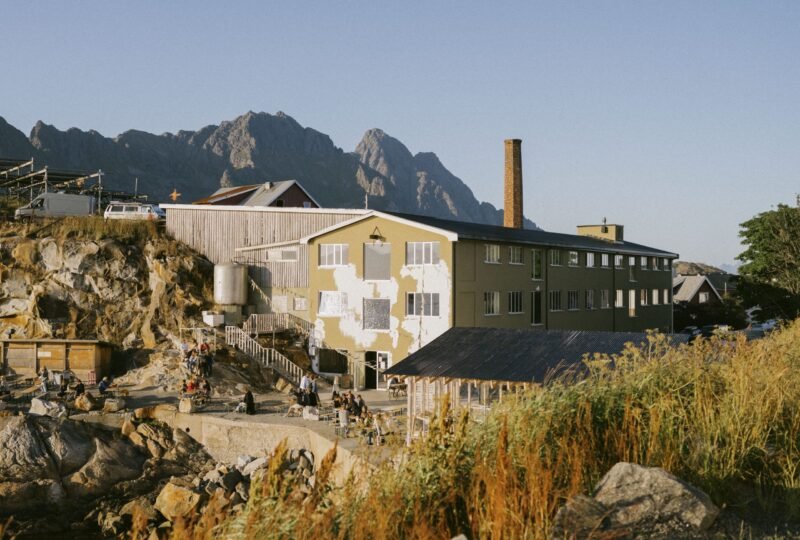The New Nomads: Temporary Spaces And A Life On The Move
 We often hear sentences like “Today’s Internet generation no longer needs a home” or “We’re not physically tethered to our workspaces any more”. While these might not be true for everyone, the New Nomads have made it their lifestyle to be constantly on the move and to be able to settle anywhere they want.
We often hear sentences like “Today’s Internet generation no longer needs a home” or “We’re not physically tethered to our workspaces any more”. While these might not be true for everyone, the New Nomads have made it their lifestyle to be constantly on the move and to be able to settle anywhere they want.
The nomadic lifestyle at its best is about being able to work anywhere while traveling continents and making new friends, colleagues and gaining experiences. However, when just moving around in a city or a country, little movable housing units with fold-out beds, convertible workspaces and multi-functional objects are solely designed and created by this nomadic generation to meet their specific needs. While cutting down on space, there is no need to cut down on quality: most of the tiny shelters are made from durable and sustainable materials. The book The New Nomads: Temporary Spaces and a Life on the Move showcases this trend and explores the phenomenon of the urban tribe that’s constantly on the move. We selected four out of the more than hundred examples of urban mobility for you to have a closer look at what all is possible.
Tricycle House
Moving the crowded streets of urban China, the Tricycle House reduces the housing for a single person to the probably smallest space possible. The translucent lining of the tiny shelter lets in the sunlight by day and light from street illumination by night. A fold-out bed, which transforms into a countertop or a dining table, a bathtub, water tank, a sink and a stove are all featured in this tiny white container mounted onto a tricycle. Everything else is replaced by public facilities; public toilets and parks replace a private toilet and a garden.


Tricycle House. Photo courtesy of People’s Architecture Office
Inflato Dumpster
Slightly bigger in size, and mobile as well, is this repurposed old dumpster. The project functions as a classroom that hosts a number of workshops or events for the neighborhood. Fully mobile, the Inflato Dumpster can come and go depending on the available education and neighborhood interest; and it is probably the only activity other than dumpster diving ever to be happening inside a dumpster.


Inflato Dumpster. Photo courtesy of John Locke and Jacky Caradonio
Hotel Publik
The small cabin-like structure occupying the bustling pedestrian zone of Innsbruck, dubbed a “public hotel”, really is public in the most literal sense. Unlike other hotels, it is free for everyone in need of accommodation for one or more nights or for those who are just curious about the experience of sleeping in a public space. Provided with heating and electricity, guests are welcome to stay between 10am and 12 at noon the following day.


Hotel Publik. Photo courtesy of Alfredo Barsuglia
Saunalautta
The floating Saunalautta is obviously made by someone from Finland – it features a sauna, that can accommodate up to 13 people. On top of that, quite literally, a sun deck and a place for barbecuing are built onto the structure that is something in between a raft and a boat. With the heat from the sauna heating both the shower and cabin space and a total of four hammocks on the two levels, this floating structure is the perfect summer and winter getaway on water.


Saunalautta. Photo courtesy of Jyri Heikkinen
The projects, structures and tiny shelters presented are only a tip of the iceberg of what to expect when browsing through The New Nomads. It features loads of examples from architecture, interior design, tools and multi-functional objects which vary from beds to floating saunas. The new nomads leave temporary traces in major cities worldwide, and while you may get used to the small food truck/mobile co-working space in front of your office, it may just be gone the very next day.
The New Nomads: Temporary Spaces and a Life on the Move
By: Gestalten & Michelle Galindo
Release Date: March 2015
Format: 24 × 28 cm
Features: Full color, hardcover, 224 pages
Language: English
ISBN: 978-3-89955-558-5



